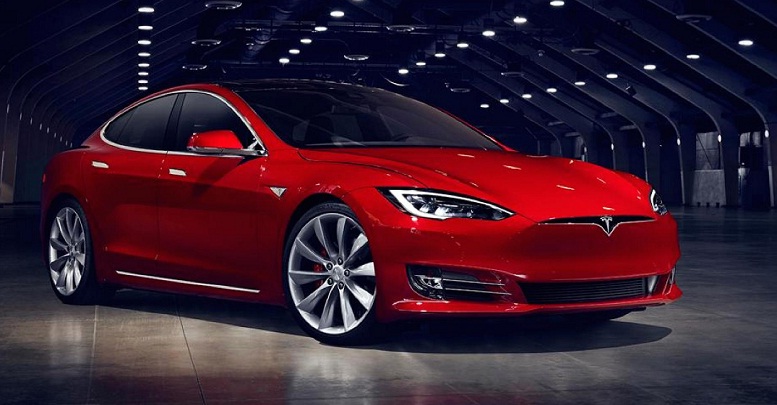As it ramps up production and deliveries of its newest Model 3, electric-car giant Tesla (NASDAQ:$TSLA) has been making drastic changes to its Model S and Model X lineups. Specifically, Tesla lowered prices for the base version of the models, while equipping Model X with its largest batteries to date. The changes come from Tesla’s shift to higher-end vehicles next to the recent launch.
Actually, Tesla has decided to discontinue the rear-wheel-drive version of Model S altogether. The move will render the entire Model S and Model X lineups only available in all-wheel drive – the Model 3 as the sole Tesla vehicle in a rear-wheel drive option. The exact date for the discontinuation will take place on Sunday, Sept. 24th.
The cheapest option for Model S was set at $69,500, with an additional $5,000 for the all-wheel-drive option.
What does this mean for Tesla? The company is further differentiating itself in the market by catering to higher-end vehicles from its July 28th launched Model 3. The entry-level Model 3, though, could be offered at $35,000 by eliminating many of the premium features.
Additionally, setting a clear differentiation between the new model and its higher-end vehicles could prevent cannibalization of Model S and Model X sales. While this concern is not a formidable threat in the near future since Model 3 production is still low — 1,500 units in Q3 — the threat will increase as Model 3 production increases.
By the end of the year, Tesla speculates to produce a Model 3 run-rate of 5,000 units per week. By next year, that number will increase to 10,000 units per week, and to a total annual run-rate of over 500,000 units. This is a major jump from Tesla’s current run-rate of 100,000.
Featured Image: twitter










